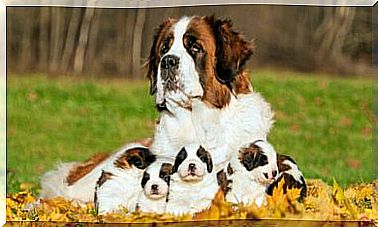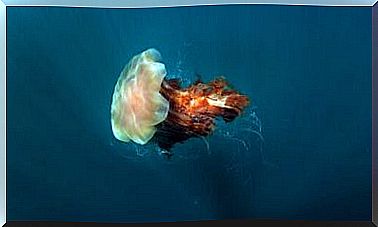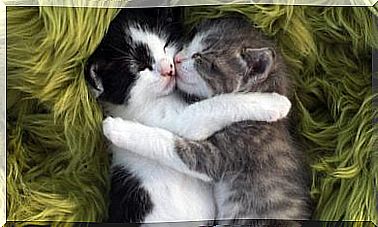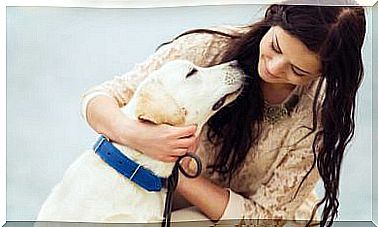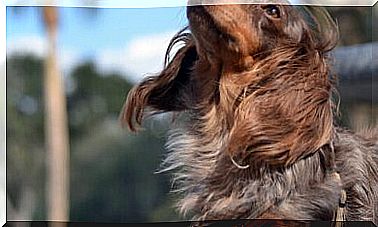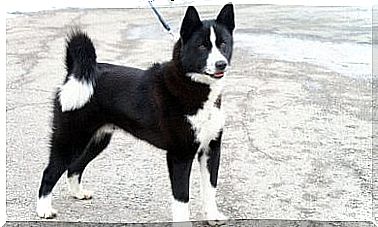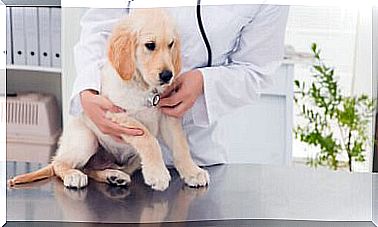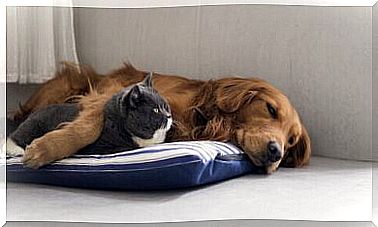The Reaction Of A Dog That Hasn’t Seen Its Owner For Three Days
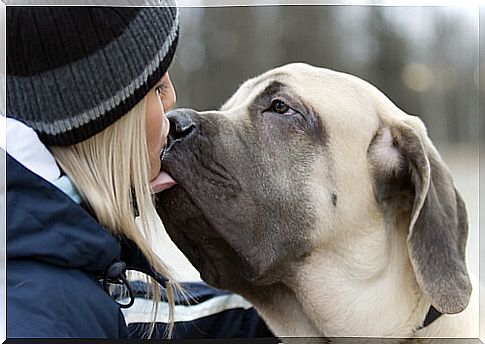
We know that caẽs generate very strong bonds with their owners, especially with those who feed them and with whom they share more time. A dog’s reaction can show strong signs of affection after a few days (sometimes just a few hours) apart, so let’s learn a little more about these reactions and behaviors.
Dogs are very affectionate, although how they manifest will depend a lot on the animal’s personality and upbringing. Just as there are dogs that tend to jump over people, others are content to approach and wag their tail in a submissive position.
Whatever the situation, it is very nice and gratifying to have a dog full of love that welcomes its owner with all joy when he is back home. Also, dogs are always happy to welcome us.
However, many of the effusive reactions of dogs correspond to states of anxiety or stress that build up while you are not at home.
Therefore, we present to you some situations in which you should pay special attention to your pet.
The dog may suffer from separation anxiety
Separation anxiety is a state of stress that dogs experience when the owner is away from home, due to a sense of abandonment.
Once the owners leave the house, even if only for a few minutes, the dog starts showing signs of alarm.
This happens quite often in pets that are not used to being alone and feel, when they are alone, that the owner is not coming back.
Therefore, they go into a constant state of imbalance, which causes them to be constantly on the lookout for the door, lose their appetite, and develop compulsive personalities.
Separation anxiety can be treated. However, prevention is better through education.
To prevent your dog from suffering from this disease, what you can do is not leave him alone for a long time while you get your pet used to being without you, at certain times of the day when you need to stay out of the house (by example when you are at work or studying ).
Start by training your pet to go for short periods of a few minutes without you and leave him with something he can entertain himself with, for example a toy.
Gradually increase the amount of time you are away until the dog is able to go a few hours without experiencing an anxiety episode.
High level of excitement when you get back
Something that shows that your dog has been anxious while you were not is when he receives you in an excessively excited way when you get home, and especially if you have only been away for a short time.
When this happens, it’s best that you don’t encourage your pet when he’s too excited.
Of course, if it’s been several days or weeks since you last saw your pet, you’ll want to be very affectionate, but do so only after a few hours have passed; you’d better wait until your pet is calm to say hello.
It sounds a little cruel, but when we understand a little more about dog psychology, we understand that when we pet and congratulate our dogs while they’re excited, we’re insinuating that this is a permissible, or at least a normal, mood.
This can generate an association that this is a correct way to release the stress produced while your pet is not with you. He better learn that he must remain calm and that there is nothing to fear when you are not.
Depression
Something very dangerous when a dog is not used to the absence of the owner, is that the animal can fall into deep states of depression or anorexia, which can have negative consequences for health.
Depression in dogs is a dangerous illness that can affect the immune system. If you notice that when you are not, the dog stops feeding, it is best to consult a professional to guide you on how to deal with the situation.
However, if these episodes of anxiety, stress or depression are not common, and your dog is generally calm, with the exception of episodes where he faces prolonged absences, enjoy the reception that your pet is offering you, try to calm him with caresses and show that you missed him too.


